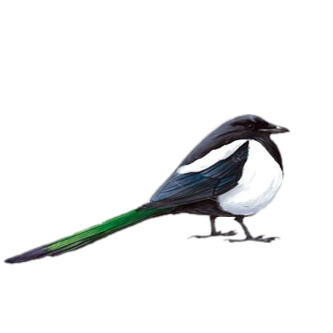Looking at any interesting effects of propylene glycol in vaginal lubricants I stumbled upon this study. Then I found it isn’t the only one pointing to hyperosmolal lubes causing damage to the epithelium either.
Translation: some lubricants can damage the skin barrier, increasing the risk for sexually transmitted diseases. Right?
OP should probably simplify the title.
OP should probably simplify the title.
IMO the title should always reflect the article being linked to, and editorializing it does the community a disservice on multiple levels, but a “plain English” description certainly belongs in the post description.
I understood some of those words
Blah vaginal lubricants blah blah blah blah blah blah vaginal blah blah
That’s all i got man 🙁
So Hawk Tuah is better than lube?
Coconut oil is the best we’ve ever tried so far.
I honestly didn’t expect a thoughtful response. My faith in humanity has slightly increased until I go to work and have to write up a complaint regarding two dumbass coworkers.
Is it safe to use with a condom?
no!
Thanks!
'tis not, like others said. Rolling with pullout for 20 years, been working so far. 😅
Probably not.
We just use baby oil or, more commonly, coconut oil. Coconut oil is so juicy and lubey and stays lubed for a long time, even when exposed to air. One tablespoon is enough for a very large area as well. 😏🍑
Coconut oil works great if you don’t regularly cook with coconut milk. If you do, the association between the two becomes unpleasant.
lol, I can imagine! Luckily we do not.
Unless maybe… you gon eat that ass.
Unpopular opinion: I can’t stand the smell of coconut oil. It’s frankly the worst smelling natural oil.
I’m okay with it. Shame it can’t work for you. 🫤
Something about vagina…
deleted by creator
Cool study, ty
I highly recommend Sliquid for a lubricant. We have tried many others, and none compare.
https://sliquid.com/shop/sliquid-naturals/h2o-sliquid-naturals/
^ This is the water based, which is nice for those that prefer it
https://sliquid.com/shop/sliquid-naturals/silk-sliquid-naturals/
^ This is the hybrid lubricant, our holy grail. It has a little silicone in it, which keeps it from drying out and getting gummy, while still feeling natural and not leaving us with a greasy clean up.
The Sliquid Silk hybrid lube was also tested and is silicone toy safe. We have personally tested it with every toy we have, including Bad Dragon soft and medium, leaving it on the test pucks for a few days with no change in the material.
Also here is a lovely list of lubes tested for ph and osmolality:
https://phallophilereviews.com/ph-balanced-lubricant-guide-safety/
Interesting. As women tend to combat vaginal dryness later in life, guidelines like these are especially needed there. Pretty sure you very easily fall into a vicious circle of lubing, ruining cells which produce any remaining lube -> lubing even more. I guess the bottom line is to buy water-based lubes with some sort of an organic “gel” source and avoid propylene glycol/tons of glycerine/detergets (though those are harder to detect by name).
Totally. I’m not even sure it’s the glycol or whether it’s the ratio of soluble in the solution. Perhaps it would be too watery if they change it. In any case, they list a few options that don’t have this problem. We’ll go with them till we find the next problem! 🥹
Abstract
Most of the widely used vaginal lubricants in the U.S. and Europe are strongly hyperosmolal, formulated with high concentrations of glycerol, propylene glycol, polyquaternary compounds or other ingredients that make these lubricants 4 to 30 times the osmolality of healthy vaginal fluid. Hyperosmolal formulations have been shown to cause marked toxicity to human colorectal epithelia in vivo, and significantly increase vaginal transmission of genital herpes infections in the mouse/HSV model. They also cause toxicity to explants of vaginal epithelia, to cultured vaginal epithelial cells, and increase susceptibility to HIV in target cells in cell cultures. Here, we report that the osmolality of healthy vaginal fluid is 370 ± 40 mOsm/Kg in women with Nugent scores 0–3, and that a well-characterized three-dimensional human vaginal epithelium tissue model demonstrated that vaginal lubricants with osmolality greater than 4 times that of vaginal fluid (>1500 mOsm/Kg) markedly reduce epithelial barrier properties and showed damage in tissue structure. Four out of four such lubricants caused disruption in the parabasal and basal layers of cells as observed by histological analysis and reduced barrier integrity as measured by trans-epithelial electrical resistance (TEER). No epithelial damage to these layers was observed for hypo- and iso-osmolal lubricants with osmolality of <400 mOsm/Kg. The results confirm extensive reports of safety concerns of hyperosmolal lubricants and suggest the usefulness of reconstructed in vitro vaginal tissue models for assessing safety of lubricants in the absence of direct clinical tests in humans.
Link is broken for me
Here for the hawk tua comments





